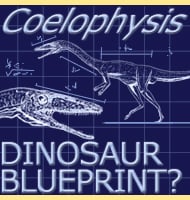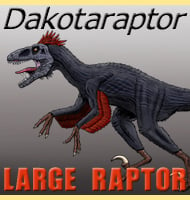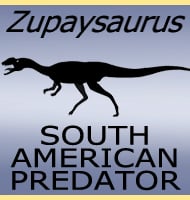Shuvuuia
In Depth At just over half a meter in length, Shuvuuia is not just one of the smallest alvarezsaurs, it is among the smallest known dinosaurs. It is thanks to this small size that the Shuvuuia holotype was so well preserved because it could be buried much more quickly than a larger dinosaur (larger dinosaurs … Read more


